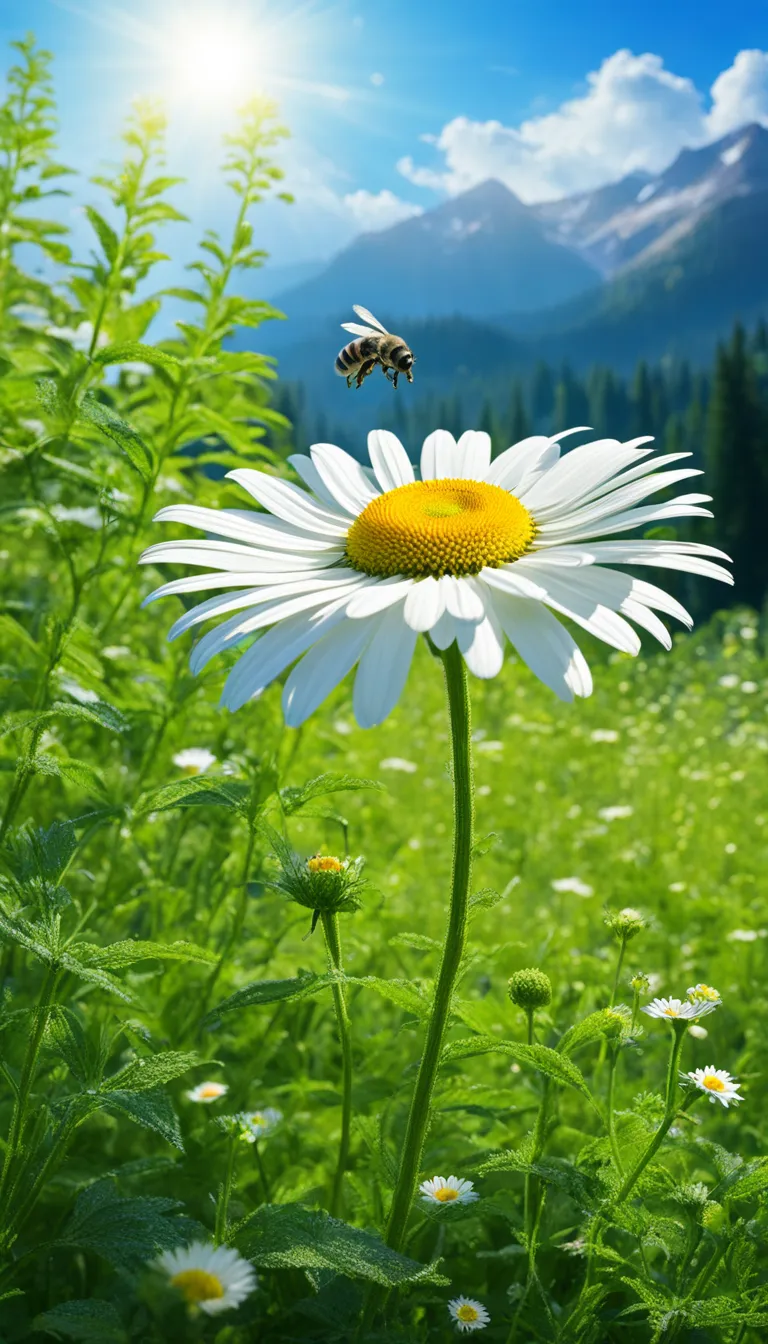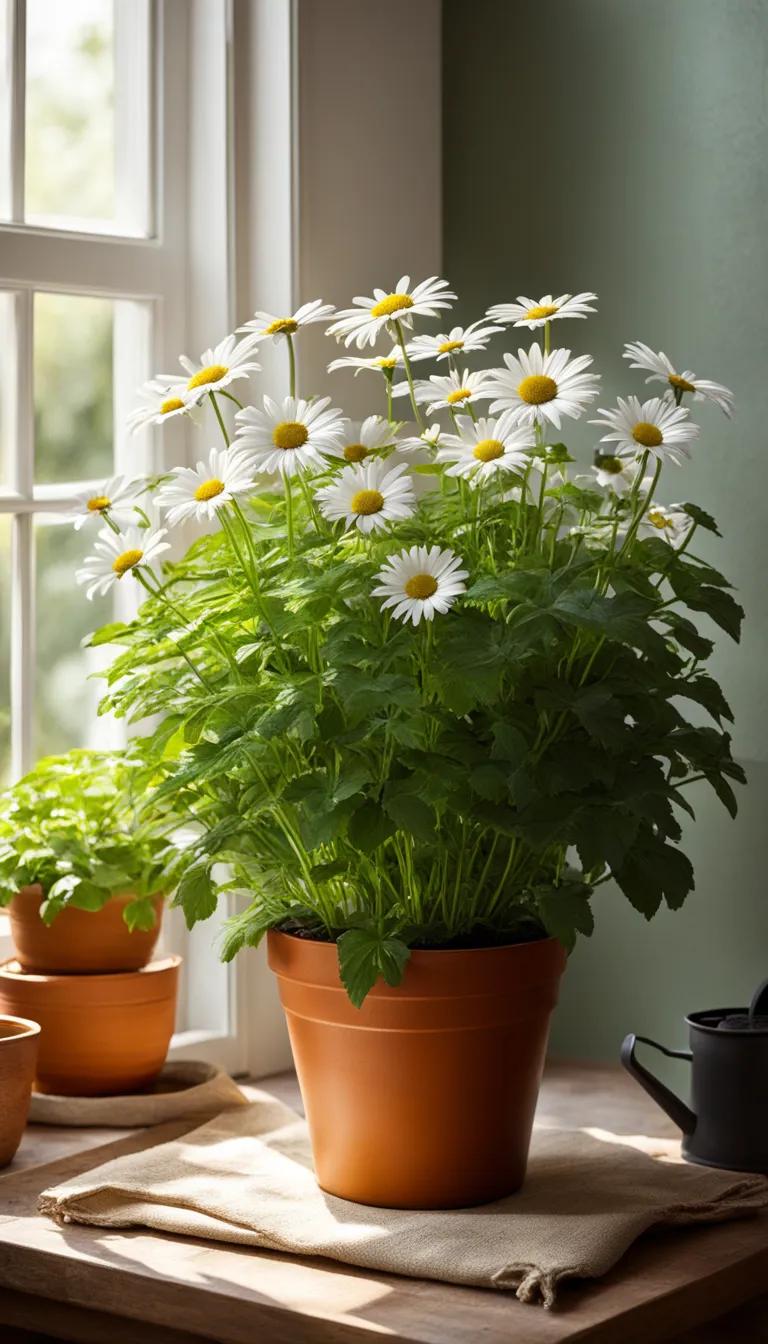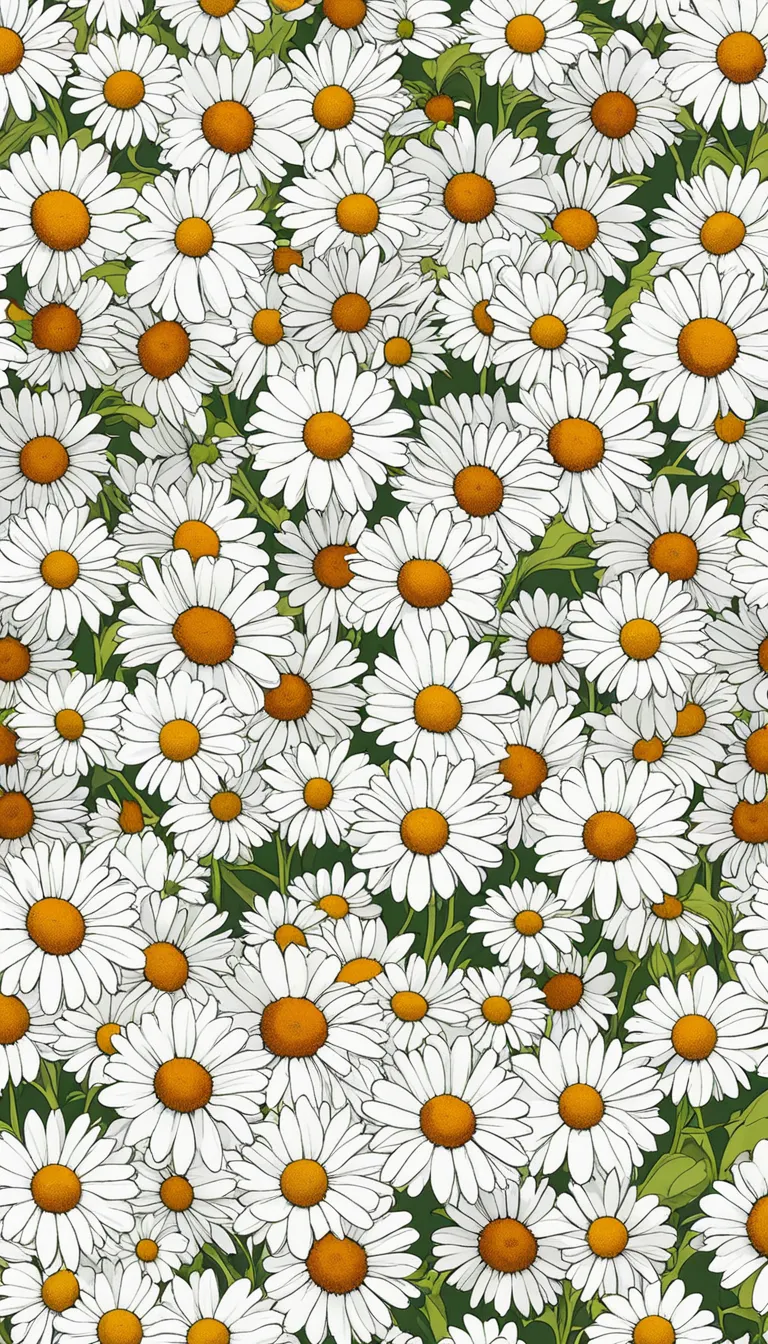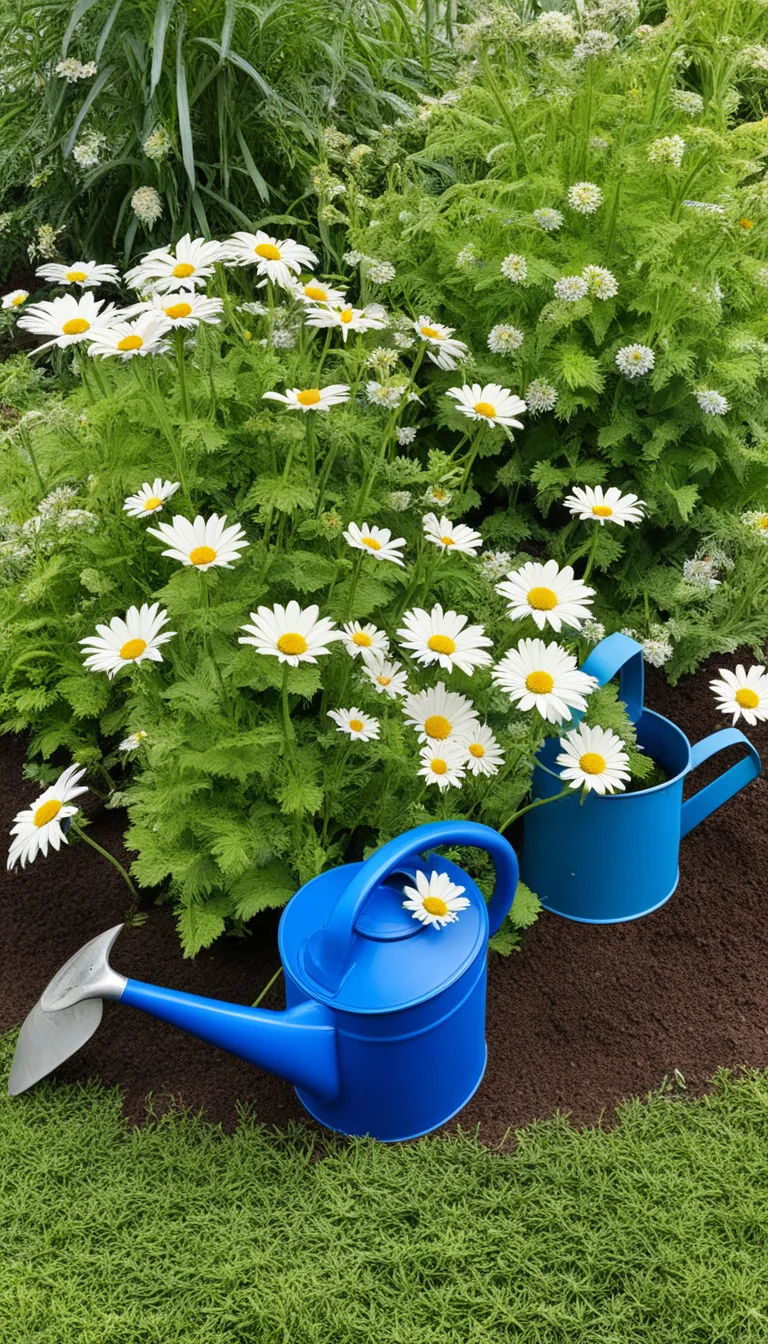Daisies are the quintessential symbol of purity and innocence, a floral embodiment of a bright sunny day. With their simple charm, they seem to whisper sweet nothings of joy and happiness into the ears of every passerby. But what truly makes these flowers a gardener’s delight?
Let’s dive into the botanical beauty of daisies. These cheerful blooms belong to one of the largest families of plants, the Asteraceae. Originating from Europe and temperate regions of Asia, daisies have since spread their petals across the globe, becoming a staple in many gardens. Their popularity stems from their hardy nature and the ease with which they can be integrated into any landscape.
When it comes to planting daisies, timing and technique are key. Spring is often the best time to plant these hardy perennials, giving them ample time to establish roots before the winter chill. But, how do you ensure your daisies explode with vibrant life year after year? Well, it’s simpler than you might think!
Imagine a surprise bloom of daisies greeting you one fine morning; it’s all about the care you put in. Full sun to partial shade, well-drained soil, and a bit of tender, loving care are all it takes to maintain a flourishing daisy patch. And let’s not forget the occasional trim to encourage a fresh burst of flowers.
Now, prepare to be amazed by the sheer variety of daisies available! From the classic Shasta daisy to the exotic Gerbera, each variety presents a unique palette of colors and forms. It’s like an explosion of nature’s creativity right in your backyard. To help you navigate through this diversity, here’s a quick list:
- Shasta Daisy: Pristine white petals with a sunny yellow center.
- Gerbera Daisy: Bold and bright, available in a wide range of colors.
- Painted Daisy: Known for its vibrant, painterly petals.
- Echinacea: A daisy relative famous for its medicinal properties.
Whether you’re a seasoned gardener or a budding green thumb, the world of daisies is sure to add a pop of color and a dash of delight to your horticultural endeavors. So, why not let these little suns shine in your garden?

What is Daisy?
Daisies are charming flowers that brighten gardens worldwide. This article explores their varieties, care, and planting tips.
Daisies, known for their simple beauty and innocence, are a staple in many gardens and hold a place in literature and folklore. The name daisy is thought to come from “day’s eye” because the flower opens at dawn and closes at dusk. But what exactly is a daisy?
Botanically speaking, daisies belong to the family Asteraceae, which is one of the largest families of flowering plants, featuring over 23,000 species. They’re not just a single species but rather a composite of two flowers – the central disc florets and the surrounding petal-like ray florets. This unique structure gives them the classic appearance we all know and love.
Originating from Europe and temperate regions of Asia, daisies have now spread to every continent except Antarctica. Gardeners adore them for their resilience and the joyful splash of color they bring to any landscape.
- Botanical Name: Bellis perennis
- Family: Asteraceae
- Common Varieties: Shasta daisy, African daisy, Gerbera daisy
- Blooming Season: Early summer to autumn
Whether you’re an experienced gardener or a budding green thumb, daisies can be an excellent addition to your floral ensemble. Their unassuming grace and the ease with which they can be integrated into a variety of garden designs make them an enduring favorite.

How to Care for Daisy?
Daisies, with their simple charm and bright faces, are a joy for any gardener. But how do you ensure these floral delights thrive in your garden? Let’s dig into the care essentials for these sun-loving blooms. Remember, with the right care, your daisies can be as explosive in growth as they are in beauty!
First things first, sunlight is a non-negotiable for daisies. They need a good 6 to 8 hours of direct sunlight to flourish. Without enough light, they’ll be shy to bloom. But what about the soil? Well, daisies aren’t too fussy, but they do love well-draining soil. A mix that’s too heavy or waterlogged can lead to root rot, and we don’t want that, do we?
Now, let’s talk watering. Daisies prefer their soil to be moist but not soggy. Overwatering can cause as much damage as drought, so it’s all about balance. Here’s a tip: water your daisies deeply, but infrequently, to encourage strong root development. And don’t forget to deadhead spent flowers to encourage a surprise second blooming!
- Sunlight: Full sun (6-8 hours per day).
- Soil: Well-draining, fertile soil.
- Watering: Deep, infrequent watering to keep soil moist.
- Maintenance: Deadhead regularly to promote blooming.
Remember, daisies are not just plants; they’re like your garden companions. Treat them with care, and they’ll explode with joy, dotting your garden with a constellation of cheerful blossoms. Happy gardening!

What are the Daisy Varieties?
Have you ever marveled at the explosion of colors that daisies bring to a garden? These surprisingly versatile blooms come in a plethora of varieties, each with its own unique charm. Let’s dive into the world of daisies and discover the range of species that make daisy enthusiasts swoon!
First up is the classic Shasta Daisy, known for its pristine white petals circling a sunny yellow center. It’s the quintessential daisy look that evokes a sense of purity and simplicity. Next, the Gerbera Daisy, a favorite for its large, vibrant blooms that range from deep reds to sunny yellows. They’re like a burst of joy on a stem!
For those who adore a hint of whimsy, the Painted Daisy brings a kaleidoscope of colors with petals splashed in pinks, reds, and whites. And let’s not forget the Oxeye Daisy, a hardy perennial with a more wild and untamed beauty, perfect for a more naturalistic garden setting.
But how do you keep track of all these varieties? A handy table might just do the trick:
| Variety | Color | Petal Count |
|---|---|---|
| Shasta Daisy | White and Yellow | 20-30 |
| Gerbera Daisy | Multicolored | 40-50 |
| Painted Daisy | Pinks, Reds, Whites | 20-30 |
| Oxeye Daisy | White and Yellow | 15-20 |
Whether you’re a seasoned gardener or a budding green thumb, the daisy family has a variety to suit your taste. From the robust Echinacea, often used in herbal remedies, to the cheerful African Daisy that thrives in the summer heat, there’s a daisy for every spot in your garden. So why not add a little explosion of daisy delight to your outdoor space?





